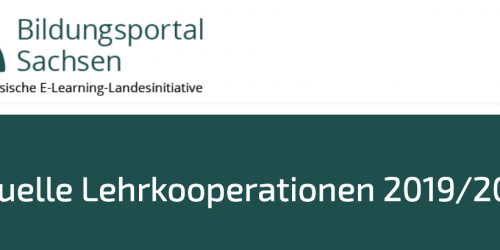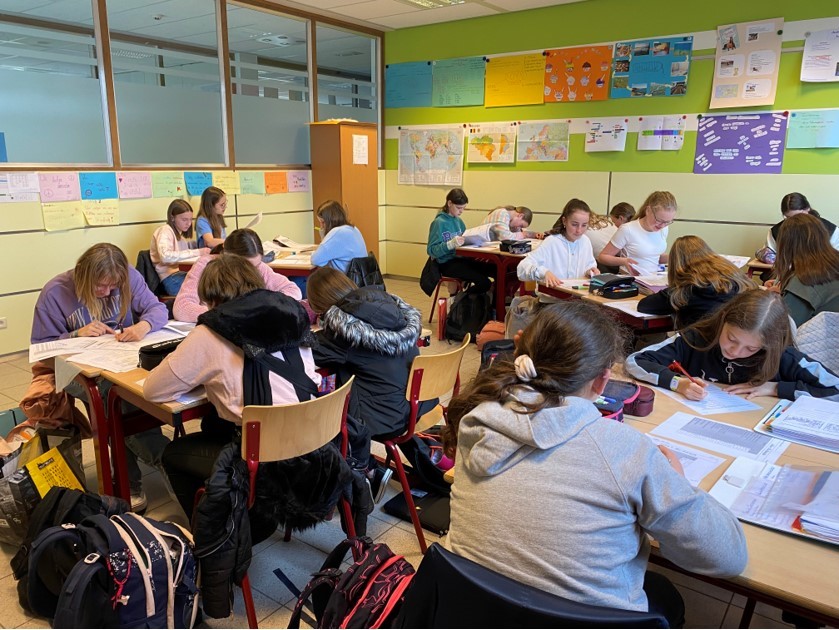Digitally supported further training in Saxon KKU: attitudes are positive, infrastructure and use still have room for improvement
In the research and development project “Promoting further training participation of micro and small enterprises through digital learning scenarios (weiter.digital)”, technology-supported further training concepts for workplace-integrated use in micro and small enterprises (SMEs) as well as in medium-sized companies are being developed and tested. In order to specify the initial situation in Saxon SMEs and their requirements for workplace-integrated, digitally supported further training, an initial analysis was first carried out to record the current status of further training in the SMEs. For this purpose, a total of 33 SMEs were surveyed orally or in writing in a standardized form. At the time of the survey, they employed an average of nine people and the majority are active in the real estate and service sectors as well as in the craft or home, garden and construction sectors (see Figure 1).
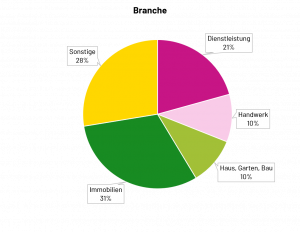
Figure 1: Surveyed SMEs by industry
In the first part of the survey, the (digital) infrastructure in the SMEs was analyzed. It shows that the respondents rate the level of digitization in their companies as above average overall. Specifically, the majority of respondents indicate either an average or a very high level of digitization. According to the respondents, basic digital infrastructures such as (stationary) computers with Internet access and office software are available in good to very good quality. In contrast, the quality of more innovative hardware and software technologies - such as interactive whiteboards, learning platforms and video conferencing software - in the companies has so far only been in the poor to at best satisfactory range (see Figure 2).
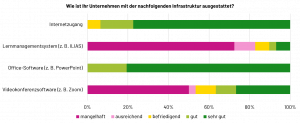
Figure 2: Assessments of the quality of the digital infrastructure in the MSEs (excerpt)
With regard to in-company training in the KKU, the analysis carried out shows that, in addition to conventional classroom training, purely online formats are also used with approximately medium frequency. Blended learning forms, on the other hand, are only used sporadically. This could be due to the fact that this form of implementation, which has proven to be particularly effective in learning research, entails a relatively high level of design and implementation effort. The training measures still take place more often outside the workplace than are integrated into the workplace, although the latter form is now used with an average frequency (see Figure 3).
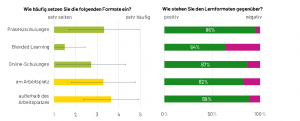
Figure 3: Frequency of implementation and assessment of various training formats in the surveyed SMEs
What is interesting here is that the actors surveyed are very positive about all forms of further training examined - with minor reservations about blended learning. The attitudes of managers do not differ (significantly) from those of employees who do not perform management duties. The results show that the willingness of the actors involved is an essential prerequisite for the use of digitally supported and workplace-integrated further training formats. It forms a fertile basis for the workplace-integrated testing of the digital learning tools that are currently being developed in cooperation with the educational service providers of AMS Jugend und Bildung GmbH, the Akademie für Wirtschaft und Verwaltung GmbH and future Training und Consulting GmbH.
Authors: Jonathan Dyrna, Nicole Filz, Lisette Hoffmann, Julia Zawidzki
Sources:
- Results of the initial analysis: Digitalisation in the SMEs [Web Log Entry]
- Results of the initial analysis: Further training in the KKU [Web Log Entry]
- In-company training in small and micro-enterprises in Saxony – workplace-integrated and digitally supported? [Scientific conference paper]

